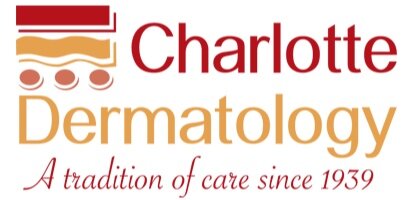Mohs Surgery and Skin Cancer
Written by Hazem El-Gamal, MD
Mohs Surgery is a specialized technique to remove skin cancers. It was developed in the 1930s by Dr. Frederick Mohs and has gained widespread use over the years due to two main factors. First of all, Mohs surgery has been extensively studied compared to other skin cancer treatment options (wide local excision, radiation, topical treatments, etc.) and has consistently been shown to achieve the highest cure rates, typically 98-99% for most skin cancers. This high cure rate is attributed to the specialized way the tissue is processed and mapped, allowing the Mohs surgeon to evaluate 100% of the relevant specimen removed and precisely map where additional tissue may need to be removed. Secondly, because Mohs surgery is performed by removing tissue and examining it immediately (30-45 minutes), the Mohs surgeon can take a tissue sparing approach, minimizing the amount of normal tissue removed and subsequent scarring.
Skin cancers typically treated with Mohs Surgery are Basal Cell Carcinomas (BCCs) and Squamous Cell Carcinomas (SCCs). Occasionally other less common skin cancers, such as Melanoma, can also be treated in certain circumstances. It is important to realize that not all skin cancers need to be treated with Mohs surgery. Common indications for Mohs surgery include areas where tissue conservation is important, such as the head and neck, hands and feet. Other indications include if the skin cancer is aggressive (size > 2 cm, subtype of cancer), if the cancer has been treated previously (recurrent cancer), or if any other factors make the cancer more likely to recur or spread (patient’s immune status). The majority of skin cancers on the trunk and extremities can be adequately managed with non-Mohs techniques. Consult your dermatology health care provider about what treatment option may be most appropriate.

